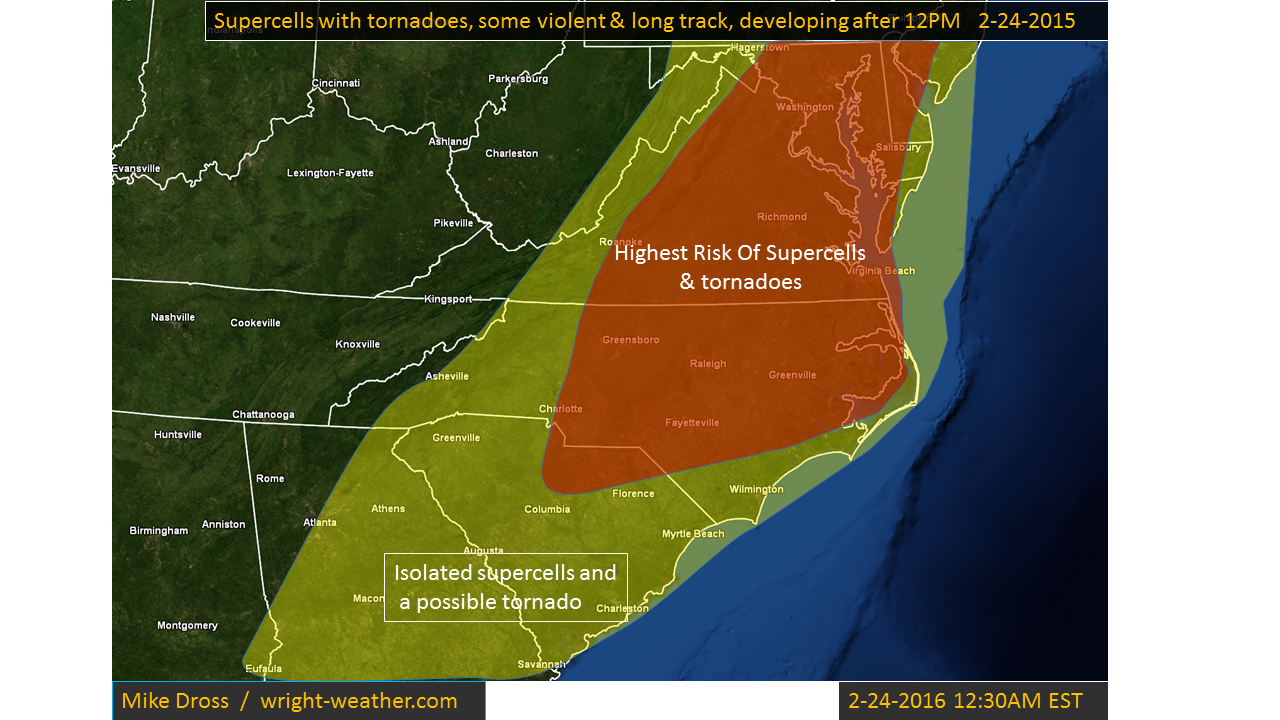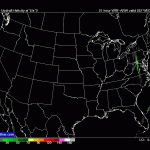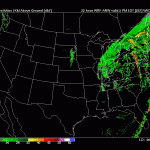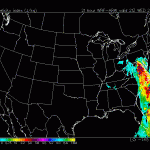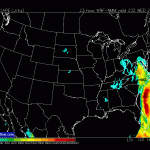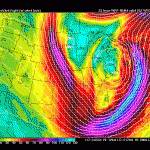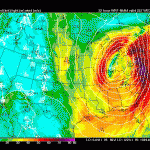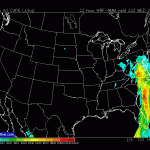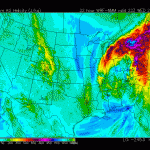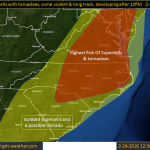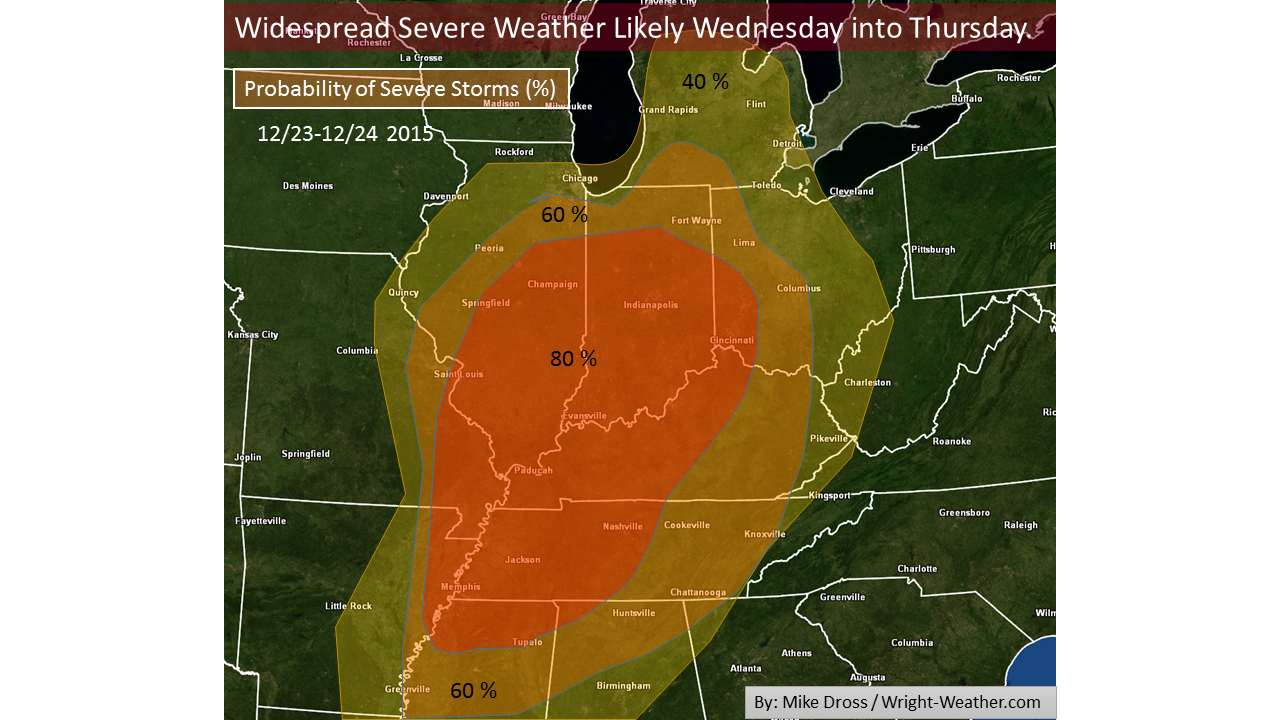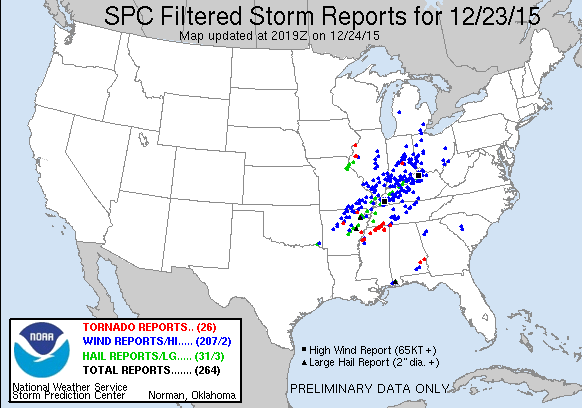NCEP has been running a new version of the GFS for a number of weeks in parallel. Some important changes ahead with the new version, which will likely go into production in May.
The current GFS uses an initialization method called 3DVar, which is an older method of initialization and essentially takes a snapshot of the atmosphere when the model is started.
The new version being tested and will likely be put into production this spring will utilize a more modern method of initialization called 4D-Ensemble-Variation. It is basically a separate model that runs constantly tracking in real-time, changes in the atmosphere so when the GFS run starts it has a much better initialization, in theory.
Verification numbers support 4DEnsVar being a much better solution. The ECMWF has used 4DEnsVar for quite sometime. The CMC Global model and the UKMET and even the Navy NAVGEM have been using a version of the 4DVar for a while now. This will bring the GFS up to par with the other global models in terms of initialization schemes. The 4Dvar and 4DEnsVar are quite computationally expensive and up until recently NCEP didn’t have the computing resources to implement 4DEnsVar. 4DEnsVar is somewhat less computationally expensive, while providing most of the benefits of traditional 4Dvar.
More information about the ongoing GFS parallel testing can be found from this technical note from NCEP released today, with many links to various NCEP sites that have output and statistics from the new GFS developmental model.
http://www.emc.ncep.noaa.gov/gmb/noor/4dGFS/synergy%20announcementjan08.htm
Mike Dross



